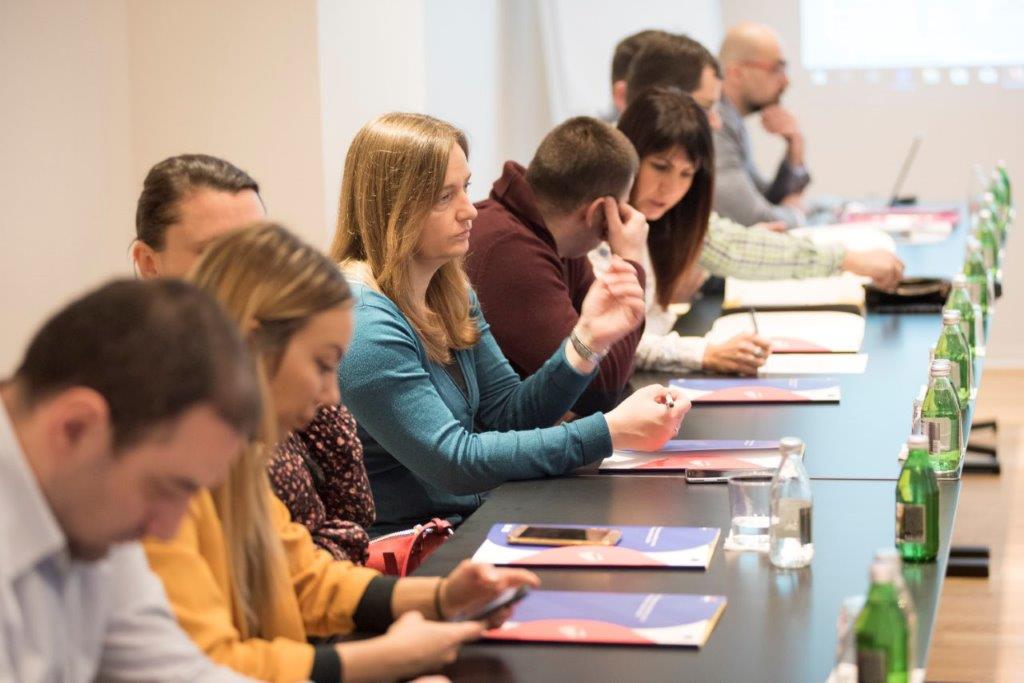
25 Jan Through public-private partnerships to better services for citizens and more savings for the state
January 24, 2019
“In public-private partnerships, which are a common practice in the European Union, there can be benefits for both the state and the citizens,” could be heard at the workshop titled “Public-private partnerships and concessions in the light of provisions and practice of the European Union” organized by the Project in cooperation with SIGMA, a joint OECD and EU initiative.
At the beginning of the workshop organised for representatives of the Public Procurement Office, Commission for Public-Private Partnership, State Audit Institution, Serbian Chamber of Commerce, contracting authorities and concession donors, the participants were addressed by Teja Kolar, Team Leader of IPA Project.
“In order to achieve better services for citizens and more savings for the state, the main requirement is to strengthen the capacities of public administration. This Project is there to help and enable the accomplishment of this goal,” said Teja Kolar, Project Team Leader.
After her address, Erika Bozzay, SIGMA representative, underscored that she was glad to see so much interest from the representatives of public administration, which was proof that there was a great interest in progress, improvement and strengthening the capacity of institutions.

The workshop was held by Mario Turković, expert for concessions and PPPs, who presented the main characteristics of PPPs, as well as various models and methods used to establish this form of contracts.
The expert presented to the participants the main aspects of public private partnerships – from transfer of risk to the private partner in the field of designing, managing, financing and maintenance, to the concept of cooperation, which is crucial for the existence of this form of partnership between the public and the private sector.
“Public-private partnerships allow for projects to be financed without an impact on the public finances, and at the same time, they ensure the continuity of capital investments. The most common PPP projects in practice are those in the areas of construction of public infrastructure, such as schools and hospitals, and also the creation of economic infrastructure – highways, airports, ports, water treatment plants and similar. In addition to the benefits for the state, the citizens can also enjoy direct benefits from improved services and lower costs, so they can get better value for their money,” said Mario Turković, expert for concessions and PPP.
He also mentioned public-private partnerships in the European Union, cases of the European Court of Justice, and the participants also had the opportunity to hear about the differences between concessions and public procurement contracts.
“There is no directive which pertains strictly to PPPs unlike in case of concession contracts and public procurement contracts. Therefore, each member state has certain level of discretion when it comes to regulation of this matter,” the expert said, adding that PPP contracts are long-term contracts in which an economic subject assumes the bulk of the risks which are traditionally the responsibility of public bodies.
During the final part of the workshops, the participants continued the discussion about concessions and their differences compared to other models of PPPs in an open atmosphere.

The materials from the workshop may be downloaded here:
- Agenda
- Presentation 1: Public Private Partnership (PPP) (available only in Serbian)
- Presentation 2: PPP in the light of EU Public Procurement Directives and other EU provisions (available only in Serbian)
- Presentation 3: The Concessions Directive (available only in Serbian)
- Photos








